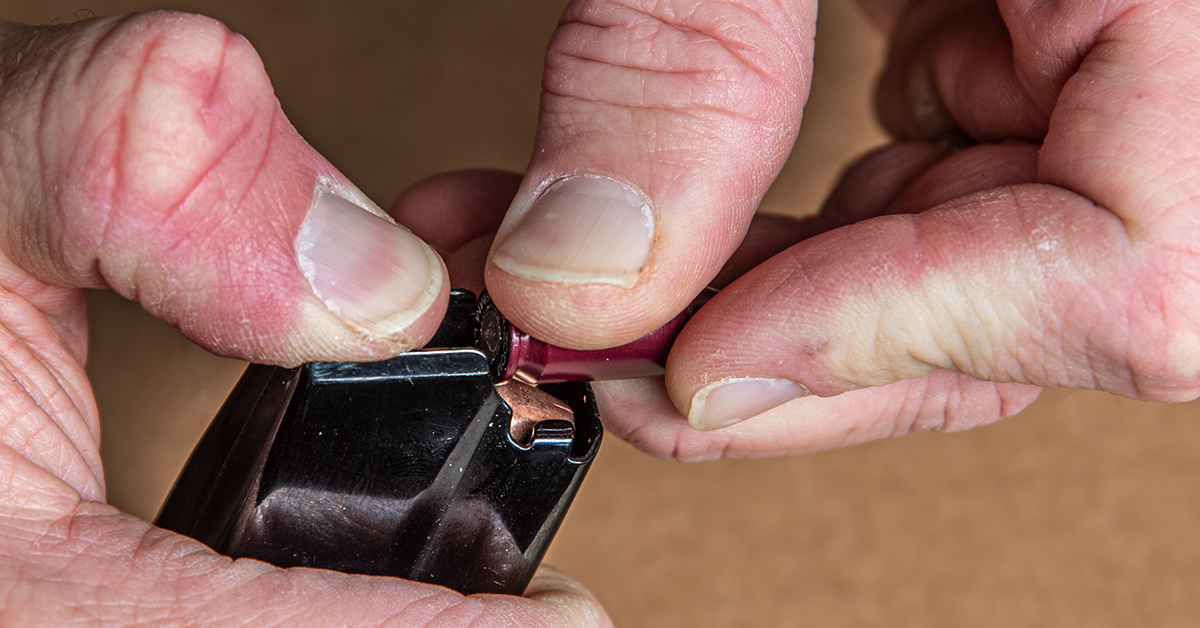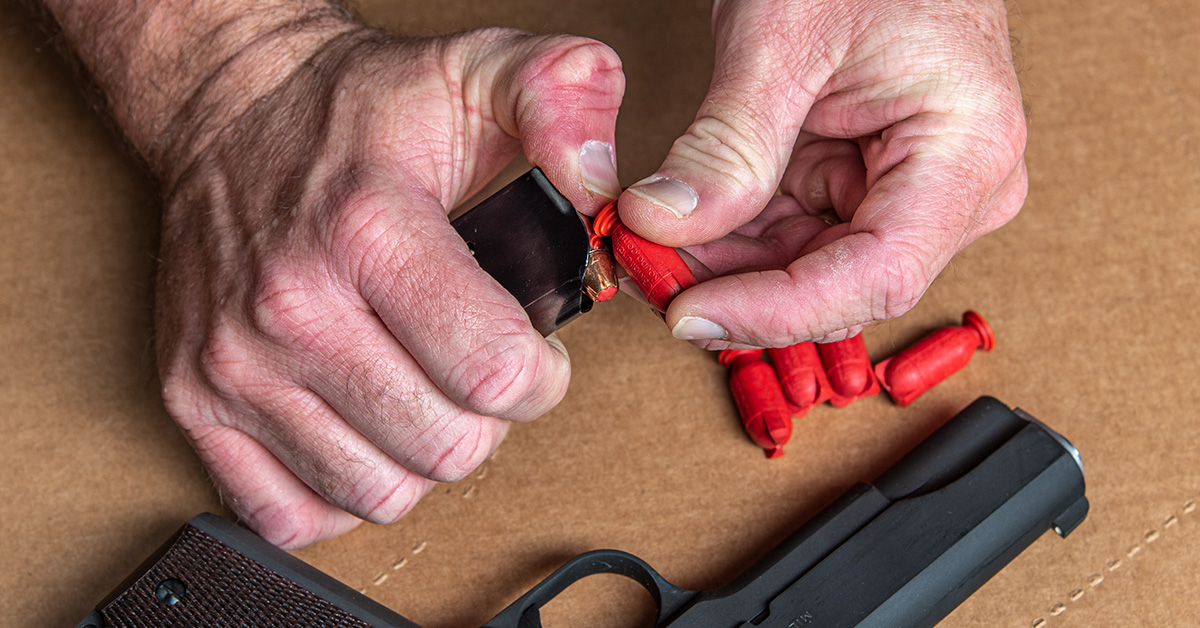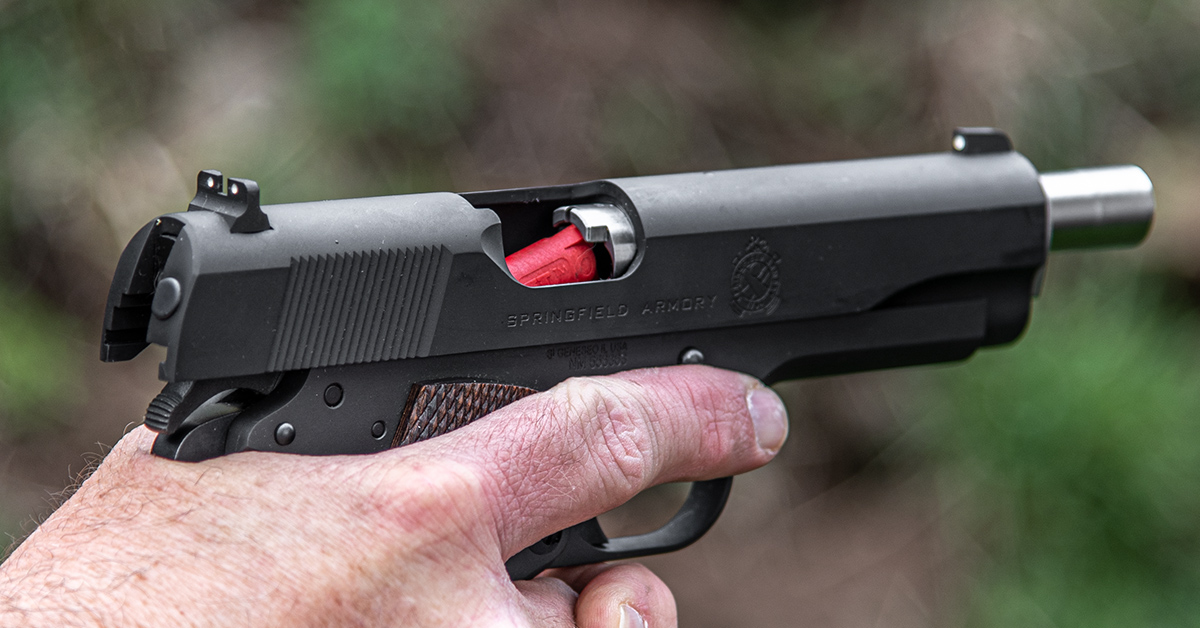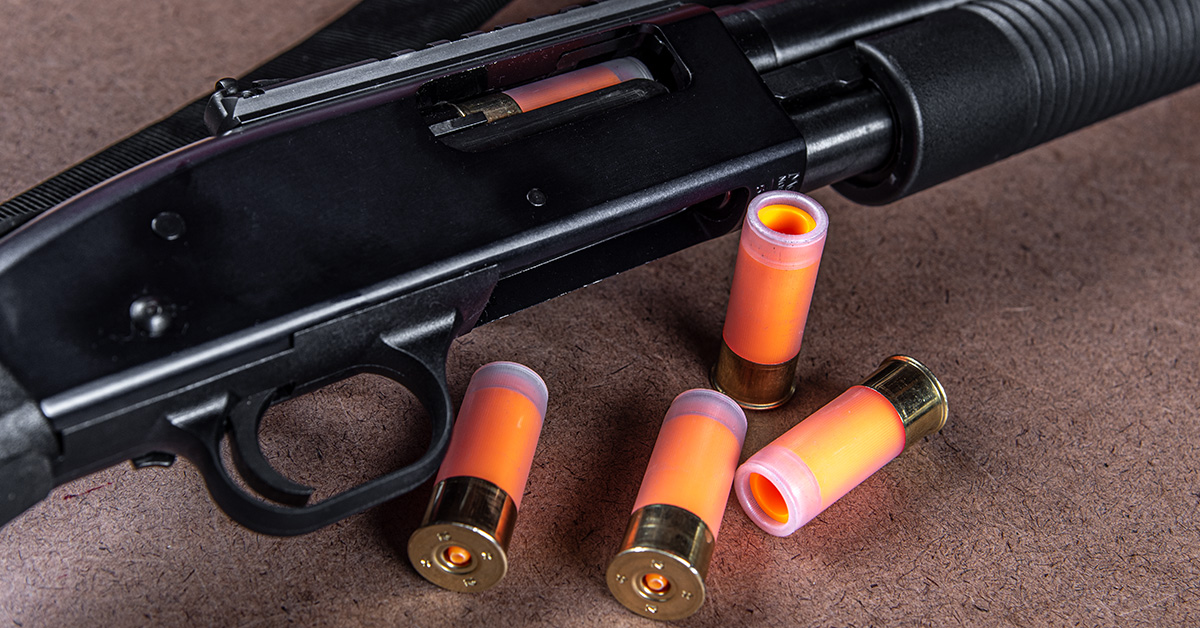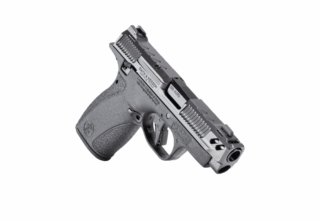Smart firearm owners and trainers understand that to sharpen your skills, you need to call in the dummies
by Rob Reaser
There is nothing much new about dummy rounds (with one exception that we’ll talk about shortly). Most serious shooters and those who have participated in structured firearm training are probably well familiar with the unique place dummy rounds hold in the shooter’s skill development repertoire. Yet there are many new shooters in our ranks today who probably have never heard of dummy rounds or Snap Caps, much less who understand the significant role these items play not only with training but also as part of routine firearms maintenance and safe operation.
Another benefit of dummy rounds is applicable to all shooters regardless of their experience and skill level—particularly as it relates to times of ammo shortages, such as we are now experiencing.
In short, dummy rounds may have a denigrated name, but they certainly have a valued place in every shooter’s range bag and work bench.
Dummy Rounds…What’s in a Name?
Dummy rounds are produced by several manufacturers and they are essentially the same except for variations in construction, material, and color. These are precisely engineered, inert mockups of caliber-specific cartridges. In other words, “fake ammunition.” They are properly dimensioned to work as engineered for pistols, revolvers, rifles, and shotguns, meaning they fit into magazines, load into chambers, and extract the same as a live cartridge would for the specified firearm caliber and platform. Most also come with a polymer insert in the “primer pocket” to provide a non-damaging surface for the firing pin to strike.
Now, let’s clear up the terminology just a little bit.
You’ll hear many people speak of “dummy rounds” and “Snap Caps” as if they are interchangeable. From a functional standpoint, they are, as both are inert cartridges that stand in the place of live ammunition. True Snap Caps, like the ones in the above photo, are made by A-Zoom (a Lyman brand) from solid machined aluminum and hard-anodized to provide smooth operation and long life. For our money, A-Zoom Snap Caps are hard to beat and are what we use for handgun and rifle applications.
Other such simulated cartridges on the marketplace are generically called snap caps. They function the same as A-Zoom Snap Caps, although quality and longevity will vary between manufacturers.
A true “dummy round,” on the other hand, is simply an inert cartridge—meaning a conventional cartridge case topped with a bullet but lacking a primer and propellant.
To avoid confusion between live ammo and true dummy rounds, we do not recommend training with or otherwise employing actual dummy rounds. Stick with purpose-manufactured simulated cartridges such as Snap Caps or their equivalent.
That being said, we will use the term “dummy rounds” in this conversation for convenience. Just know that we are talking about simulated cartridges like Snap Caps and not true, inert brass-and-ball dummy rounds. Got it?
A Multi-Purpose Tool YOU Need
Dummy rounds serve many purposes from the shooting line to the work bench. For the shooter looking to develop their personal defense skills, especially with a semi-auto pistol, these are invaluable tools for building muscle memory and an auto response to a failure-to-fire condition.
There are several conditions that can lead to a failure-to-fire, from failing to chamber a round before pulling the trigger to out of spec ammo to a light primer strike or a dud primer. Whatever the case, this is referred to as a Type 1 malfunction and you’ll know it when your firing system goes “click” instead of the cartridge going BOOM! The remedy for a pistol, in most cases, is the common tap-and-rack immediate action (IA) drill—slam the bottom of the magazine with your non-firing hand to ensure the magazine is properly seated and then forcefully pull back the slide and release to extract the dud round (if present) and to strip a new cartridge from the magazine into the chamber.
To practice this IA drill, a dummy round or two will be randomly inserted into the magazine along with live rounds. Engage the target and when the “malfunction” occurs, initiate the IA procedure. The goal, using dummy rounds, is to become proficient in remedying this malfunction so you don’t stumble or must think about it in a crisis.
There are numerous online resources illustrating the Type 1 malfunction drill. Check them out for additional nuances. The cool thing is that you can also load up your mag with dummy rounds (without live ammo present!) and practice this drill anywhere, anytime, although nothing will replace the live-fire training scenario. Nevertheless, if you’re shy on ammunition, this is something you can do without sacrificing your stash.
Another key benefit of dummy rounds is their use during routine firearm maintenance. For example, any time you field strip or otherwise disassemble a firearm for cleaning, or make any modifications or change parts, you should always conclude with a function check. A function check is simply ensuring that all aspects of the firearm are in good working order. The dummy round allows you to do this.
Place a few dummy rounds in your empty magazine and seat it into your empty firearm. Now you can run through each phase of a simulated cycle of operation: stripping a dummy round from the magazine and seating it in the chamber, checking for proper safety and trigger function, extracting the dummy round to simulate extraction and ejection, repeat. This holds true for any firearm…pistols, rifles, and shotguns.
Lastly, dummy rounds are ideally suited for dry-fire practice. Aside from purchasing your dummy rounds, dry-fire practice is a no-cost and convenient way to sharpen your firearm handling skills and is recommended for everyone regardless of skill level. You can refine most aspects of firearm deployment through dry-fire exercises—from the draw to pulling the trigger. Most important is the development of sight alignment and trigger control. Again, there are many resources available from qualified trainers that will help you utilize dummy rounds to work you through the basics.
And Now for Something Completely Different
Recently, we learned about a new product that takes IA drills to a new level. It’s called the Type3MalfunctionRound, and you don’t need a decoder ring to figure out what this product is all about.
A Type 3 malfunction is the most dreaded of all oopsies. Unlike the Type 1 that we discussed or the Type 2 malfunction (failure to eject, often resulting in the classic “stovepipe”), the Type 3 malfunction represents a serious jam-up in your pistol, wherein the gun failed to extract the empty cartridge case from the chamber yet proceeded to strip the next round out of the magazine. This one can be a bear to resolve, so practicing correcting this malfunction efficiently and without having to think it through is essential for the personal defense practitioner.
The Type3MalfunctionRound does just that.
As you can see, these dummy rounds are different than conventional dummies in that they have two prominent fins flanking the “bullet” profile.
The Type3MalfunctionRound can be used for live-fire exercises by loading them in the magazine along with live rounds. While this is the most effective way to learn how to respond to a Type 3 malfunction, you can also load these rounds exclusively in your mag and practice clearing and making the firearm operational through dry-fire exercises.
The fins of the Type3MalfunctionRound, when the round is stripped from the magazine, prevent the round from entering the chamber and effectively simulates the classic Type 3 malfunction.
Check out the video above as Type3MalfunctionRound developer Steve McCloy walks through the process of using these crafty rounds to solve what many call “the mother of all malfunctions.”
Don’t Forget the Shotgun!
Yes, there are even dummy rounds for shotguns. They can be used to perform the same functions as conventional dummy rounds for handguns and rifles, such as dry-fire practice, Type 1 malfunction IA drills, and function checks following shotgun maintenance or modification. What we like most about dummy rounds is the ability to use them to practice reloading.
A properly set up defensive shotgun will, ideally, sport a side saddle or carrier on the receiver or side of the buttstock. If you have a dicey encounter that spends the relatively small number of shells in your magazine tube, you’ll want those extra five or six rounds a side saddle offers.
There are two ways to go about this. First is a full reload, where you seek cover and reload the magazine before re-engaging the target. When that’s not possible, you are forced to utilize what some refer to as a combat reload, where you take a shell from the saddle, load it into the receiver, charge the shotgun, and engage the target…one shell at a time until the threat is neutralized or you can seek cover and fully reload the magazine.
The trick is loading and deploying those rounds under duress. You want to be able to pluck a shell from the saddle and insert it into the receiver without disturbing your grip on the shotgun or taking your eye off your target.
This is another dry-fire exercise you can do anywhere, anytime without sacrificing hard-to-come-by defensive ammunition. It will take some practice to learn to do this efficiently by feel so you don’t have to take your eyes off the threat, but it is a skill worth developing if you intend to use a shotgun for defense.
As you can see, there are many benefits to using dummy rounds. Our advice is to get some for every firearm you employ. At a minimum, they can help ensure your firearm will function properly when needed. Dummy rounds can also help improve your shooting techniques through dry-fire exercises and keep your skills sharp when there is little ammo to be spent on the range. Most importantly in our opinion, dummy rounds can provide a serious training advantage for overcoming malfunctions and reloading challenges when your life is on the line.
Those are quite a few benefits for something that costs about the same as a drive-through lunch.


